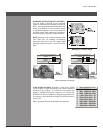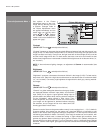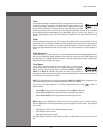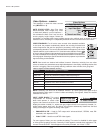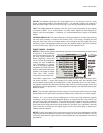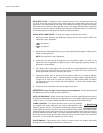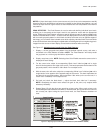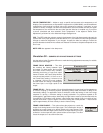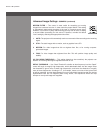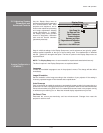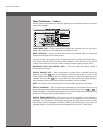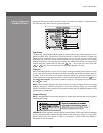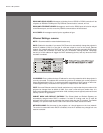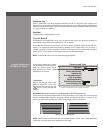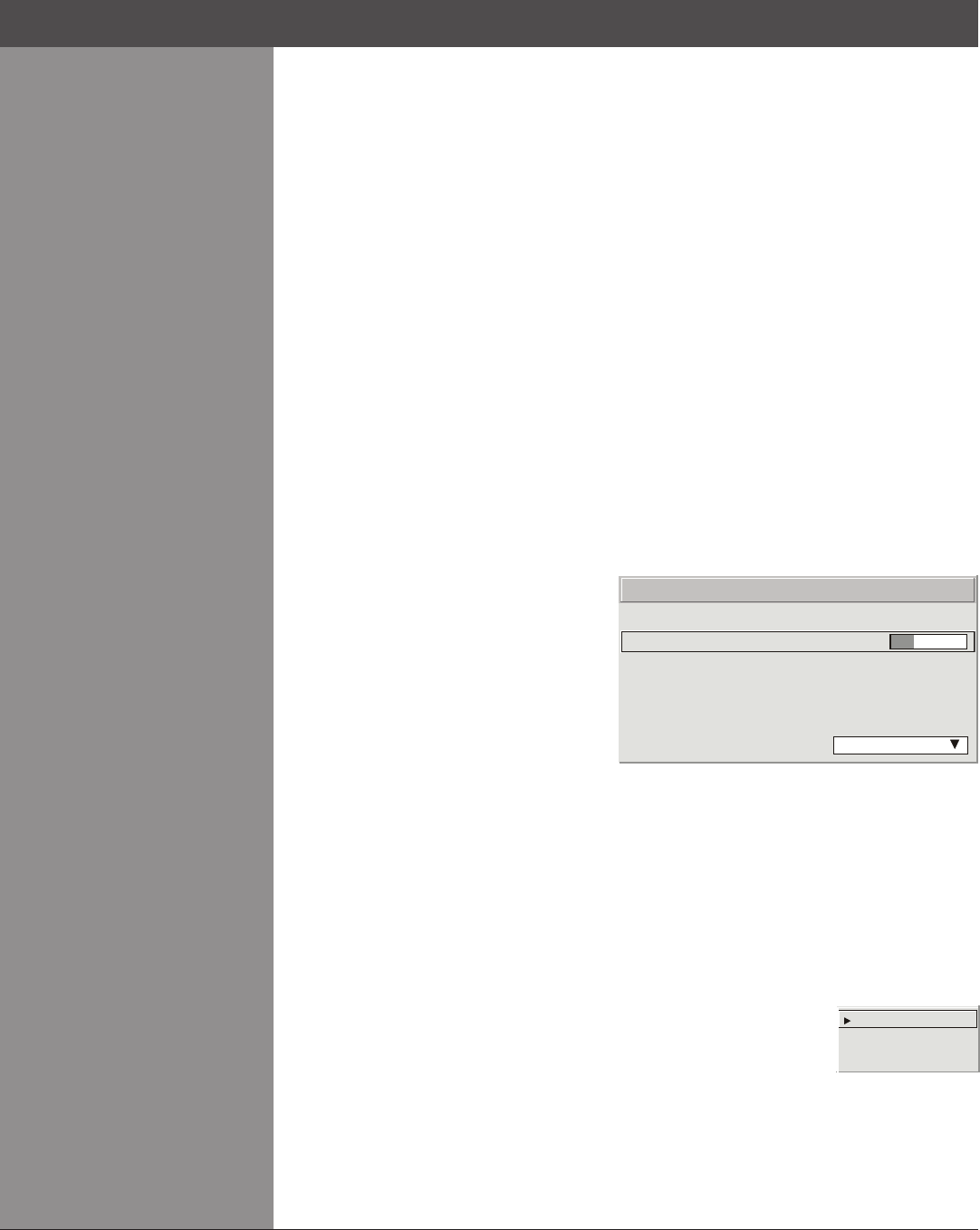
Wolf Cinema Owner's Manual
3-31
COLOR TEMPERATURE—Adjusttoapplyaspecic andaccuratecolortemperature toall
displays. Color temperatures are expressed in degrees Kelvin (3200-9300K), and utilize different
combinations of the projector’s original native color primaries to produce a “coloration” or cast
(reddishorbluish)inimages—thelowerthetemperature,themorereddishthecast;thehigher
the temperature, the more bluish the cast. Note that the slide bar is enabled only if you have
a source connected and have selected “Color Temperature” in the adjacent “Select Color
Adjustment” pull-down list in the Advanced Image Settings menu.
IRIS - The IRIS inside the projector controls the diameter of the light beam passing through the
system. With a fully open aperture (slide bar default of “0”), the maximum amount of light passes
through for maximum brightness in your images. Increase the slide bar setting to reduce the
aperture diameter and maximize contrast ratio instead. Performance of aperture depends on the
lens in use.
NOTE: IRIS also appears in the lamp menu.
Section3►Operation
Simulation 3D — SUBMENU OF ADVANCED IMAGE SETTINGS
Use the options in the Simulation 3D menu to make the timing adjustments necessary for realistic
simulation and 3D images.
FRAME DELAY MONITOR — This slide
bar monitors the latency between input
and output. For best results, the bar width
and value should remain fairly constant,
indicating that timing of input and output
framesislocked;theFrameDelayMonitor
value should stay within 5-10 lines or so of
the Frame Delay setting. If a frame is lost
or “dropped”, the bar will move suddenly
and the values will change, indicating that
the frame input is no longer equal to the
output.
FRAME DELAY — Set the number of lines delayed between the input signal and its appearance
on screen, keeping in mind that projector processing always adds one frame of delay to the
frame delay setting. For applications such as simulation, where the feeling of “real time” image
response is a priority, a minimum setting is usually preferable. For projectors capable of 3D
(stereographic) applications where alternating left-right frames must be synchronized with the
corresponding L/R shutters in 3D glasses, a total frame delay setting of two (or multiple of two)
may be more useful. If set too high or low, frame locking will not be possible — most sources
require approximately 50 lines of delay to ensure frame locking.
FRAME LOCK ENABLE — This option allows the projector to control the
output frame timing based on the input signal. The locked option forces (if
possible) the output image to be phase locked to the input frames. Rate
Matched means that the output runs at close to the input frequency but isn’t
locked to it so the output will drift in phase relative to the output. Free Run
forces the output to run at a 60Hz frame rate.
S imulation 3D
Frame Delay Monitor
Frame Delay
Frame Lock Enable
1.
2.
3.
4.
5.
6.
1047
1000
Locked
Locked
Rate Matched
Free Run
1.
2.
3.



